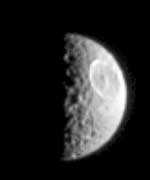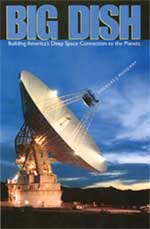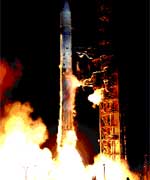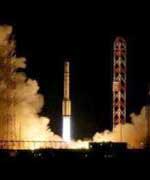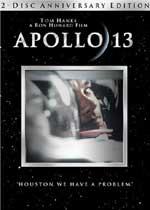Like dust bunnies that lurk in corners and under beds, surprisingly complex loops and blobs of cosmic dust lie hidden in the giant elliptical galaxy NGC 1316. This image made from data obtained with the NASA Hubble Space Telescope reveals the dust lanes and star clusters of this giant galaxy that give evidence that it was formed from a past merger of two gas-rich galaxies.
The combination of Hubble’s superb spatial resolution and the sensitivity of the Advanced Camera for Surveys (ACS), installed onboard Hubble in 2002 and used for these images, enabled uniquely accurate measurements of a class of red star clusters in NGC 1316. Astronomers conclude that these star clusters constitute clear evidence of the occurrence of a major collision of two spiral galaxies that merged together a few billion years ago to shape NGC 1316 as it appears today.
NGC 1316 is on the outskirts of a nearby cluster of galaxies in the southern constellation of Fornax, at a distance of about 75 million light-years. It is one of the brightest ellipticals in the Fornax galaxy cluster. NGC 1316, also known as Fornax A, is one of the strongest and largest radio sources in the sky, with radio lobes extending over several degrees of sky (well off the Hubble image).
NGC 1316’s violent history is evident in various ways. Wide-field imagery from Cerro Tololo Interamerican Observatory in Chile shows a bewildering variety of ripples, loops and plumes immersed in the galaxy’s outer envelope. Amongst these so-called “tidal” features, the narrow ones are believed to be the stellar remains of other spiral galaxies that merged with NGC 1316 some time during the last few billion years. The inner regions of the galaxy shown in the Hubble image reveal a complicated system of dust lanes and patches. These are thought to be the remains of the interstellar medium associated with one or more of the spiral galaxies swallowed by NGC 1316.
The U.S. team of scientists, led by Dr. Paul Goudfrooij of the Space Telescope Science Institute in Baltimore, Maryland, used the ACS onboard Hubble to study star clusters in several nearby giant elliptical galaxies. Their study of NGC 1316 focused on globular clusters, which are compact stellar systems with hundreds of thousands to millions of stars formed at the same time.
The unprecedented sensitivity of the Hubble ACS data permitted the team to detect faint globular clusters previously impossible to reach. By counting the number of globular clusters detected as a function of their brightness they could, for the first time, see evidence of the gradual disruption of star clusters created during a past merger of gas-rich galaxies. They found that the relative number of low-mass clusters is significantly lower in the inner regions than in the outer regions, by an amount consistent with theoretical predictions.
These Hubble ACS images were taken in March 2003. The color composite is a combination of data taken in F435W (blue), F555W (yellow-green), and F814W (infrared) filters. The team’s results have improved our understanding of how elliptical galaxies and their star clusters may have formed during galaxy mergers and then evolve to resemble ‘normal’ elliptical galaxies after several billions of years.
Original Source: Hubble News Release

